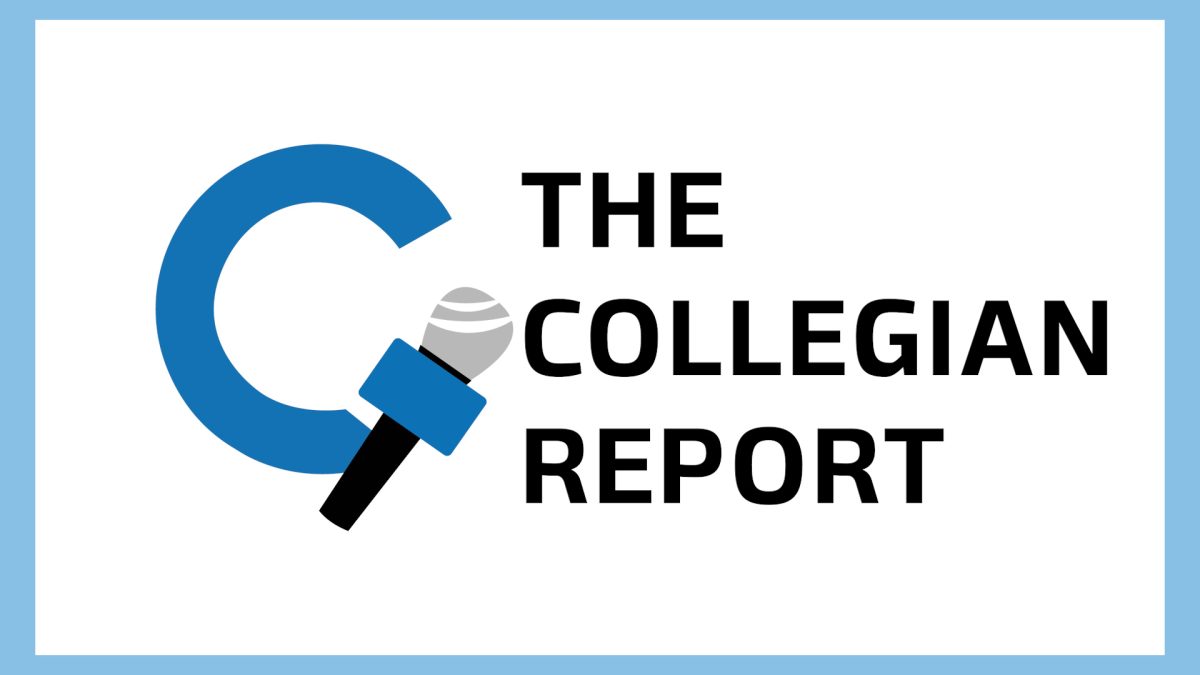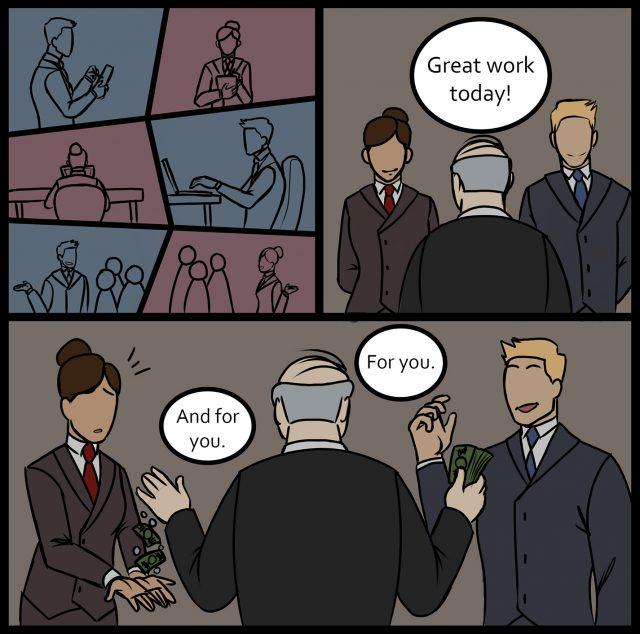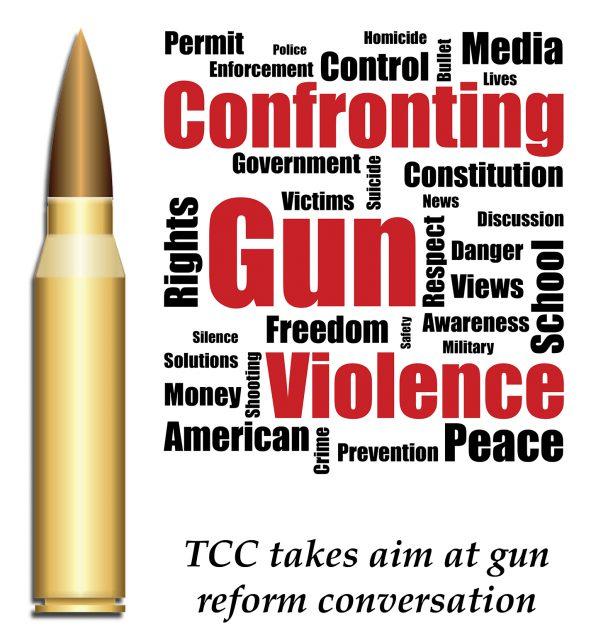Equal Pay Day was April 10, marking that women still only make 80 cents of each dollar their male counterparts do. That amounts to an annual pay gap of $10,086, according to the National Partnership for Women and Families.
Even though the average amount a woman makes compared to a man hasn’t shifted much over the years, change is nearing.
Recently, companies like Adobe and Starbucks said they are enforcing equal pay for equal work. Cities across the nation have also passed laws prohibiting employers from asking potential employees the salary of their prior job, a move that will hopefully help end the wage gap.
The pay gap for women still won’t be closed until at least 2059, according to research from the Institute for Women’s Policy Research. The Equal Pay Act of 1963 is a labor law amending the Fair Labor Standards Act aimed at prohibiting wage disparity based on sex. It does not state that jobs held by women and men have to be identical they just have to be “substantially similar,” which is still having to perform much of the same tasks at work regardless of the job title.
This wage gap cannot be explained by choices because it persists regardless of education or industry. The #MeToo campaign has also shined a light on pay equity as it is still about having the voice and bravery to feel safe enough to talk about one’s experience in their place of work.
“This is not a PR problem that [companies] should just be addressing with non-disclosure agreements and payoffs quietly,” Kimberly Churches, president and CEO of the American Association for University Women told Time magazine. “This is a cultural problem that when the next generations come up, they’re going to lose certain employee pipelines if they don’t work on that culture problem.”
Since last October, women in workplaces around the country have come forward with their stories of sexual harassment and assault they experienced at their job, driving greater awareness to the issue of not only the gender gap but the inequality women experience as a whole.
Women are still vulnerable in companies if they start a family. Women tend to drop out of the labor force once they have children, thus creating more unemployed mothers than fathers. In 2013, the average was about 7.3 percent for unemployed mothers and 4.9 percent for unemployed fathers.
Providing paid leave or on-site child care could be a solution to help unemployed mothers who want to work but can’t. Encouraging women to develop negotiation skills is crucial as research shows 57 percent of men negotiate their salaries compared to only 7 percent of women.
The most basic check on discrimination is to ask co-workers what they are getting paid. Women can’t enforce their rights if they don’t know whether they’re getting paid equally or not. In Europe, companies are forced to make data public on percentage of male and female employees and percentage of gender pay gap, which is something equal pay advocates in the U.S. have asked for.
If payment inequality continues, our economy could experience far-reaching consequences. A recent regression analysis of federal data by the IWPR said equal pay would cut poverty among working women and their families by more than half and also add $513 billion to the national economy.
Narrowing the pay gap between men and women contributes to the greatest good for the greatest number. Eliminating the effects of gender increases competitiveness, reduces expenses and maximizes utility for society as a whole.
Regardless of the statistics, it’s just the right thing to do.

































![A graph showing the percentage of weekly Tarrant County school district nurse visits
[blue] and school absences [green] related to influenza-like symptoms from November
2024 to March 2025. A noticeable spike occurs in the first week of February 2025 showing nurse visits are up 18% and absences up 7% from January 2025.](https://collegian.tccd.edu/wp-content/uploads/2025/02/Screenshot-2025-02-18-at-10.34.56 PM.png)

